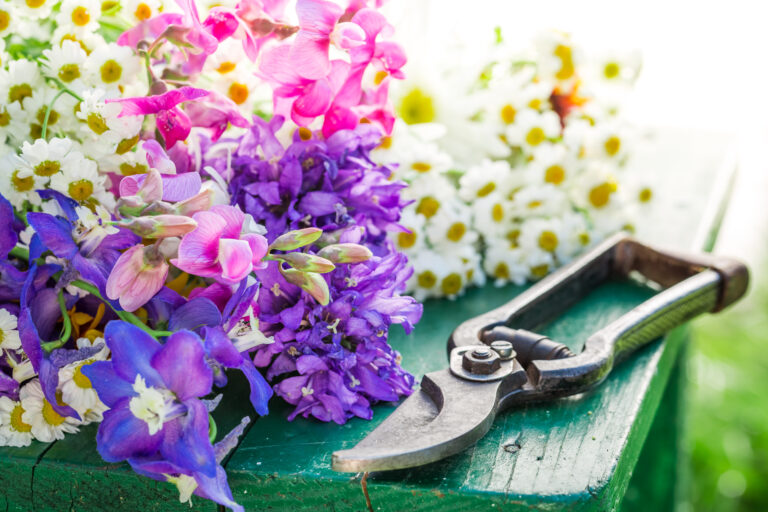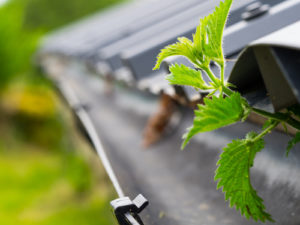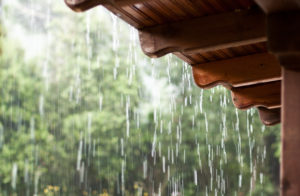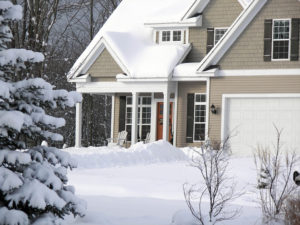The perfect time of the year to plant a flower bed depends on the type of flowers you want to plant and your location’s climate. However, in general, the best time to plant a flower bed is during the spring or fall.
Spring is a popular time for planting flower beds because many flowers, such as tulips, daffodils, and hyacinths, prefer cooler temperatures and can be planted as soon as the ground thaws. Spring is also the time to plant annual flowers like pansies, petunias, and marigolds.
Fall is another great time to plant a flower bed because the cooler temperatures and more frequent rainfall are beneficial for establishing new plantings. Fall is also the time to plant bulbs like tulips, daffodils, and crocuses for a colorful display in the spring. Additionally, fall is a good time to plant perennials because they can establish roots during the cooler months and be ready to bloom the following spring and summer.
The exact planting times may vary depending on your location and the specific flowers you want to plant. It’s always a good idea to check with your local garden center for the most appropriate planting times and recommendations for your area.

Before planting a flower bed, here are some things to consider:
Sunlight: Determine how much sunlight the area receives throughout the day. Some flowers require full sunlight, while others do well in partial shade.
Soil type: Consider the type of soil in the area where you want to plant the flower bed. Some plants prefer acidic soil, while others require alkaline soil. You may need to amend the soil with compost, peat moss, or other organic matter to create the ideal growing conditions for your plants.
Watering needs: Determine how much water the plants will need and how often you will need to water them. Some plants require more water than others, and over-watering can be just as harmful as under-watering.
Space: Consider the size of the flower bed and how much space each plant will need. Some plants require more room to grow than others.
Color and texture: Think about the color and texture of the plants you want to include in your flower bed. Choose a variety of plants that complement each other and create visual interest.
Maintenance: Consider the amount of maintenance the flower bed will require. Some plants require regular pruning or deadheading, while others may need to be divided or replanted after a few years.
By considering these factors before planting a flower bed, you can create a healthy and beautiful garden that will thrive for years to come.
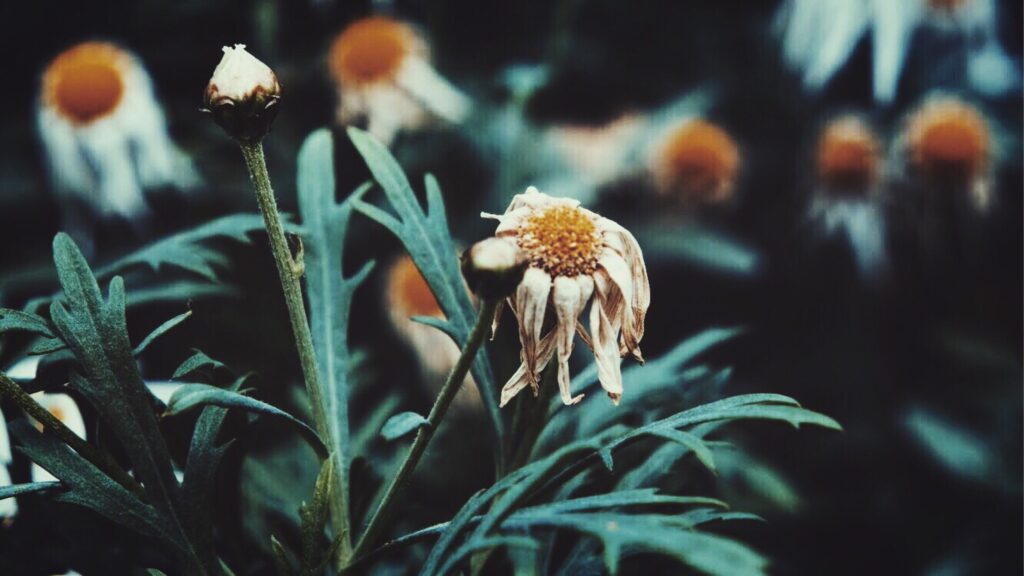
There are several things that can harm your flower bed and damage your plants, including:
Lack of water or overwatering: Not giving your plants enough water can cause them to dry out and wilt, while overwatering can lead to root rot and other problems.
Pests and diseases: Insects, rodents, and other pests can damage your plants by eating their leaves, stems, or roots, while diseases such as fungal infections can spread and cause damage.
Extreme weather conditions: Frost, heatwaves, strong winds, and heavy rain can all damage your plants and affect their growth and development.
Poor soil quality: If your soil is too compact, lacks nutrients, or has a pH that is too high or low, it can affect the health of your plants and limit their growth.
Weeds: Weeds compete with your plants for nutrients and water, and can crowd out your flowers, making it difficult for them to grow and thrive.
Chemical exposure: Exposure to chemicals, such as pesticides or herbicides, can harm your plants and cause them to die.
To keep your flower bed healthy and thriving, it’s important to provide your plants with the right conditions and care, such as regular watering, proper fertilization, and pruning. It’s also important to keep an eye out for pests and diseases and to take steps to prevent them from spreading.
Can my gutters affect my flower bed?
Gutters themselves are unlikely to directly harm your flower bed, as they are typically installed to direct rainwater away from the foundation of your home and prevent water damage. However, if your gutters are not properly maintained, they can indirectly harm your flower bed by causing water damage or erosion.
For example, if your gutters become clogged with debris, such as leaves or twigs, water may overflow from the gutters and spill onto your flower bed, causing the soil to become waterlogged and potentially damaging your plants. In addition, if your gutters are not positioned properly or are damaged, water may flow out of the gutters in the wrong direction and erode the soil in your flower bed.
To prevent these issues, it is important to maintain your gutters regularly, cleaning them out periodically and repairing any damage. You can also consider adding a gutter system that will take protective measures to help prevent debris from clogging your gutters and redirecting water away from your flower bed. Not only can your gutters harm your flower bed if not properly maintained, but also can create water damage to your roof, siding, and foundation.
What are my gutter options?
Majority of people start out with a regular open-top gutter system on their home. The issue with open-top gutter systems is that these systems are not built to keep debris out, which will end up clogging your gutters. Again, if your gutters get clogged, the water has nowhere to be directed to. Which will lead to a variety of water damage. Most of the time people will try and install a gutter cover, screen, or filter to try and prevent the debris from clogging. The issue with all of these options is they are all temporarily solving your problem.
Let me explain, these systems are only going to slow down the debris from clogging, not prevent or stop it completely. The problem with screens is that small debris still enters through the holes. When seeds drop in the gutter when there is dirt and moisture, this will create a soil platform for tree’s to start growing out of your gutter. Filter’s will keep more of the debris out but seeds and other items will eventually make their way in the gutter. These filters also create havoc for rainwater because there is nowhere for the water to go. Screens and filters can also void your roof’s warranty.
Is there a gutter system that won’t damage my home?
That’s where the K-Guard Leaf Free Gutter system comes in. This system allows a minimum of 22 inches per hour into the gutter system. K-Guard is built with a seamless hood which allows debris to slide right off of the hood, and not into the gutter. This allows the water to flow through the system without being blocked by clogged debris.
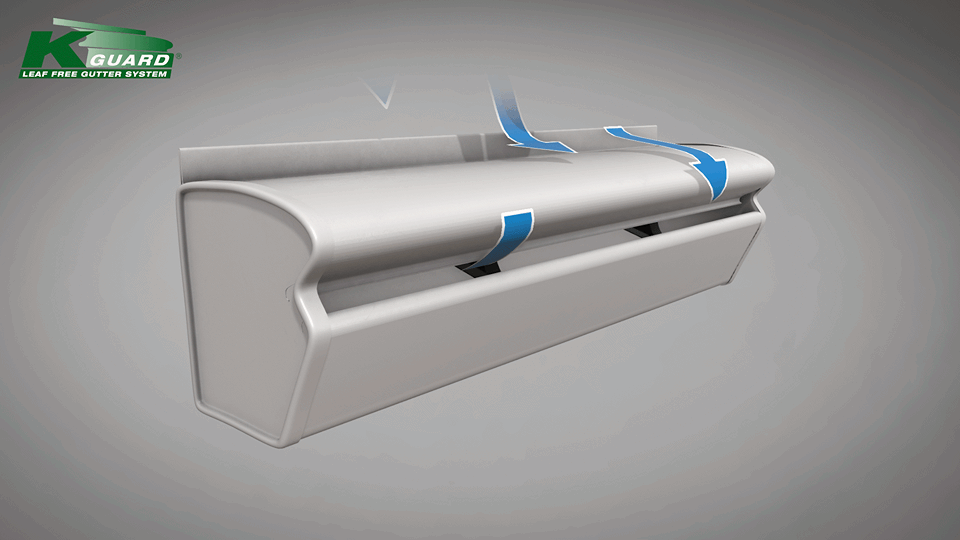
On top of that, K-Guard comes with a life-time no clog warranty, something traditional open-top gutter systems can’t offer you. From the moment K-Guard is installed, you won’t ever have to clean your gutters again. With that being said K-Guard is made of heavy duty aluminum which will never corrode, ensuring your paint never chips. Our system is made of durable polymers that are made to completely support the hood of the gutter system, which will keep the gutters from ever pulling away from your home. Lastly, K-Guard offers a guaranteed transferable for the life of the home. This is something traditional gutters can’t give you, because their lifespan is much shorter.
Look no further, the K-Guard system gives you everything you could possibly want and more. If you are interested in learning more about K-Guards Leaf Free Gutter System, you can check out our website where you’ll find videos, blogs, pictures, and more. At K-Guard we also offer FREE estimates, all you have to do is call 913-380-1616 to schedule!
We offer our services to all over the Kansas and Missouri area to these cities but are not limited to- Kansas City, Overland Park, Olathe, Gardner, Independence, Shawnee, Blue Springs, Mission Hills, and more!

